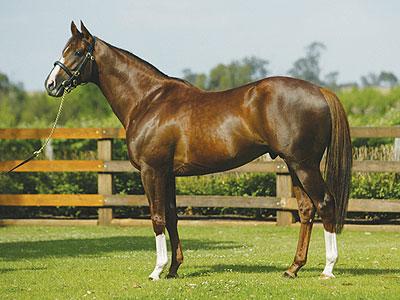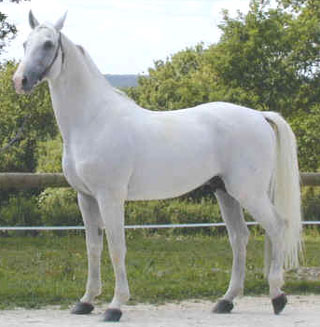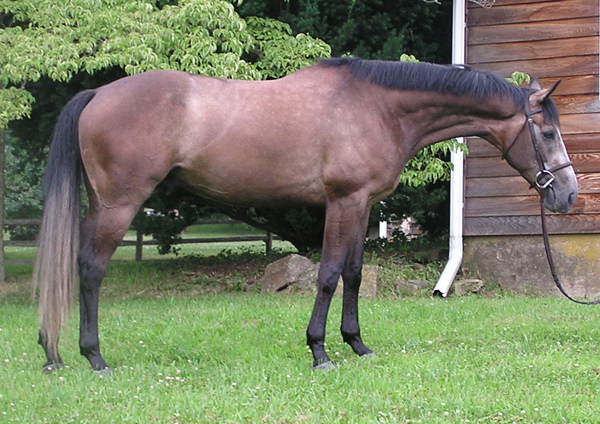Sometimes, stories and movies involve horses. Being not only an active reader of fanfiction, but also an avid equestrian, I find myself all too often catching the small errors that the writers may have not seen themselves. I, along with the help of a few other people, decided to make a resource for the correct portrayal of horses. We hope you enjoy.part one; cosmetics
The Equus Caballus, or horse, is a four legged mammal. They come in a wide variety of breeds and colors, but we’ll stick to the basics for now.
A horse’s height is measured in units called “hands.” One hand is equivalent to four inches. Accurate measurements are taken from the ground to the top of the horse’s withers, where the neck connects to the horse’s back.
colors;
Horses come in a rainbow of colors, but the most common coat colors are Bays, Chestnuts, and Greys.
A bay horse’s body color ranges from a light reddish-brown to very dark brown with “black points”. (Points refer to the mane, tail, and lower legs.)
Variations include:
Dark bay, characterized by very dark red or brown hair. It can be difficult to distinguish a dark bay from a seal brown, which is sometimes called “black bay,” “mahogany bay,” or “brown.”
- Blood bay: characterized by bright red hair with dark black points. This color is often generalized with the term “bay.”
A chestnut horse, also called a sorrel horse, has a reddish body color with no black. Mane and tail are the same shade or lighter than the body coat.
- A liver chestnut has a very dark brown coat. Sometimes, a liver chestnut is simply called “brown.”
A grey horse has black skin but white or mixed dark and white hairs. Gray horses can be born any color, and will lighten with age. Most will eventually gray-out to either a complete white or a “fleabitten” hair coat. Most “white” horses are actually gray with a fully-white hair coat. A gray horse is distinguished from a white horse by dark skin, particularly noticeable around the eyes, muzzle, flanks, and other areas of thin or no hair. Variations of gray that a horse may exhibit over its lifetime include:
- Dapple gray: a dark-colored horse with lighter rings of graying hairs, called dapples, scattered throughout. Dapple can appear like donut-shaped rings on the horse’s body.
- Fleabitten gray: an otherwise fully white-haired horse that develops red and/or black hairs flecked throughout the coat.
- Rose gray: a gray horse with a reddish or pinkish tinge to its coat. This color occurs with a horse born bay or chestnut while the young horse is “graying-out”. Occasionally, a horse will stay rose gray into adulthood.
There is a plethora of other coat colors and patterns. You can find them here or here.
Also, please note: There is NO such thing as an albino horse. An “albino horse” is often confused with a perlino or a cremello.
markings;











